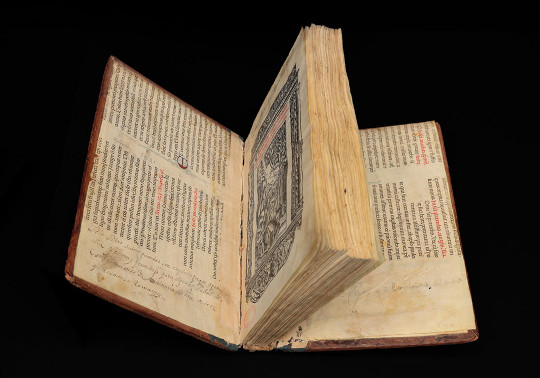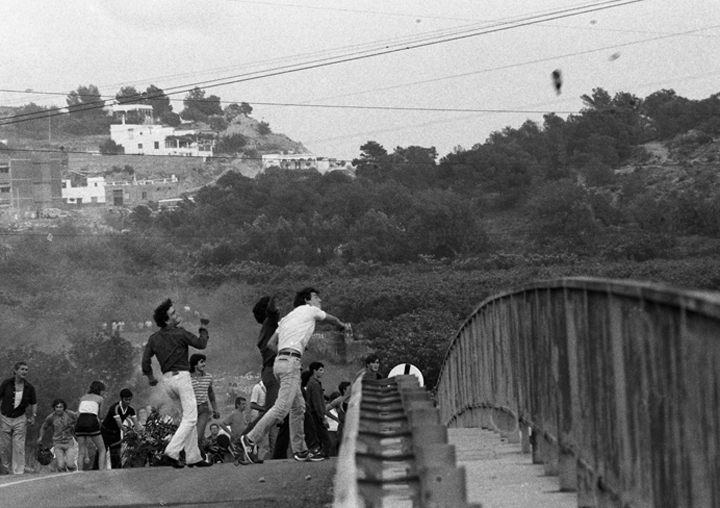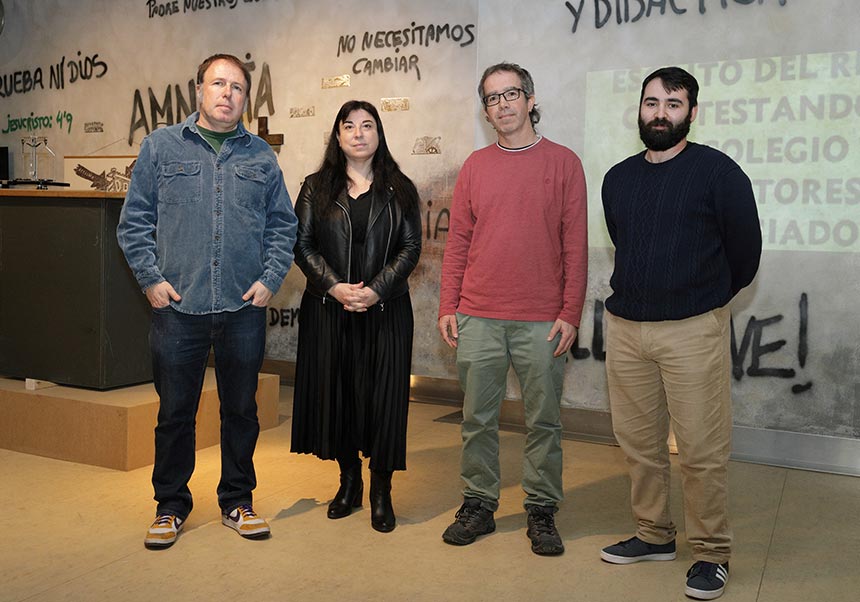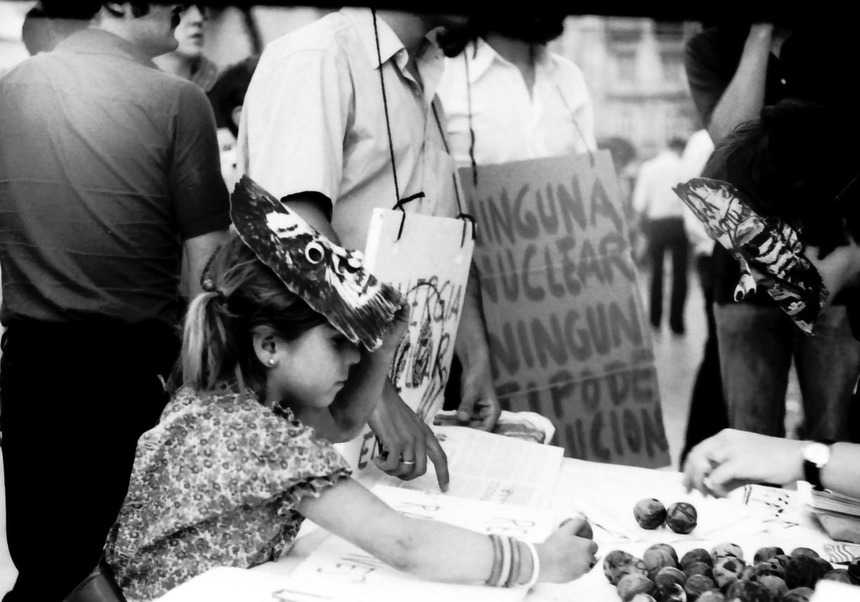The Historical Library of the Universitat exhibits an 11th century manuscript discovered in a binding
- Libraries and Documentation Service
- December 12nd, 2023

This Wednesday, 13th December, the Historical Library of the Universitat de València opens the exhibition ‘LIBRORVM FRAGMENTA: incunabula and recycled manuscripts in the Historical Library,’ curated by Professor Francisco M. Gimeno Blay, in the Duc de Calàbria hall. This exhibition aims to make Valencians aware of an unknown part of the magnificent bibliographic and documentary heritage that the Historical Library holds.
On this occasion, the Historical Library exhibits a selection of book excerpts, manuscripts and incunabula, which were recycled to bind other books. In essence, damaged books were often used to make bindings. During this procedure, two different books were bound, one of which—usually the older one—had deteriorated through use or because the conditions of conservation were not suitable. Then, it was considered it was no longer a useful transmitter of the text and subsequently reused. Booksellers, bookbinders and even silk dealers turned to the second-hand market to obtain these materials for recycling.
For this reason, many old books from different regions of Europe—some of them very distant—may be found in the Historical Library of the Universitat de València. Thus, a page of a homiliary from the 11th-12th centuries, whose author is the Church Father Luculentius, has been found among the identified book excerpts. This discovery is the oldest manuscript kept by the Universitat de València. Originally from the area of influence of the Italian monastery of Montecassino, a book of sermons has been identified. Other fragments come from Italy, Austria and France. Book bindings also reused sheets of incunabula, as can be seen in some of the books on display. Thanks to this exhibition, the Historical Library has been able to find up to six fragmentary incunabula, which were unknown to exist.
In addition, several photographs of two chasubles from the Valdecristo Charterhouse (Altura, Castellón) were shown, which are now kept in the diocesan and chapter museums of Segorbe and in the Hispanic Society of America in New York. Inside, to fill in the part destined to house embroidery, parchment leaves from a manuscript from the late 14th century were used, with the Catalan version of the text of Brunetto Latini translated by Guillem de Copons. Both chasubles have leaves from the same manuscript, implying they were embroidered in the same workshop.
This exhibition can be visited in the Duc de Calàbria hall of the Historical Library (La Nau Cultural Centre) until 7 April 2024.
File in: Cultura , Exposicions , Centre Cultural La Nau
















